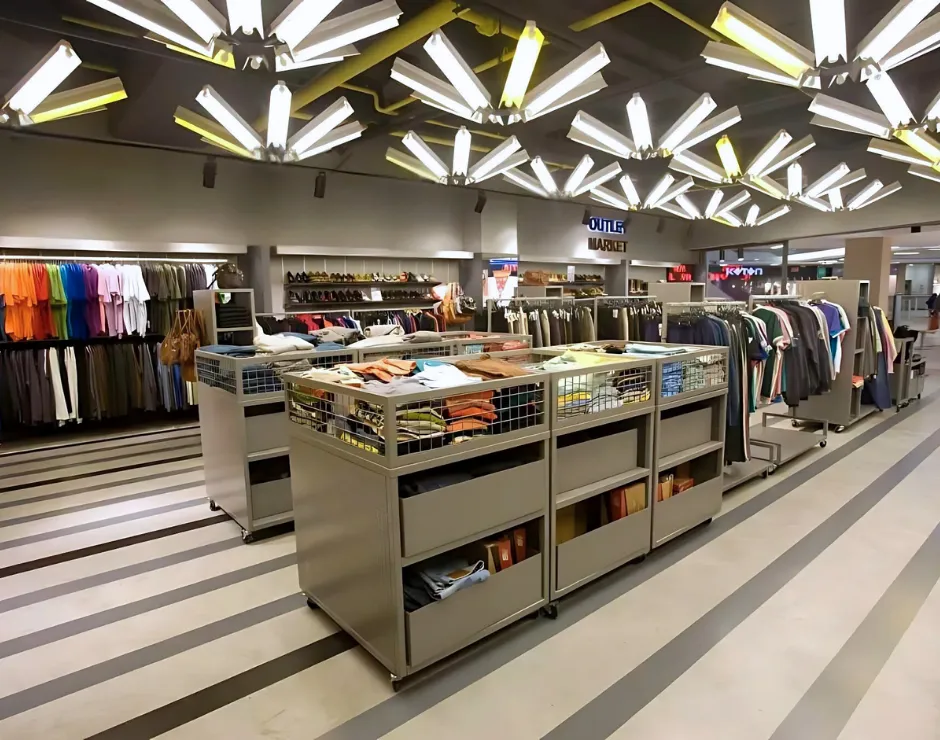


As digitalization shapes retail, store design is evolving too. Smart shelving systems, electronic labels, interactive screens, and sensor-based customer tracking bring efficiency and insight. These tools not only support aesthetics but also allow for measurable customer engagement.
Proper use of in-store space not only improves customer flow but also allows for the display of more products. In smaller spaces especially, smart retail store design can create a sense of spaciousness.
Lighting helps products stand out. A balanced use of natural and artificial lighting enhances the atmosphere. Spotlights can guide customer attention toward key products.
Color choices affect the mood of customers. Warm tones evoke comfort and familiarity, while cooler tones create a modern and professional ambiance. A good store design considers these psychological effects.
Store layouts should guide customers naturally through the space. Taking cues from shopping habits, such as the “right-hand rule,” allows for greater product exposure and interaction.